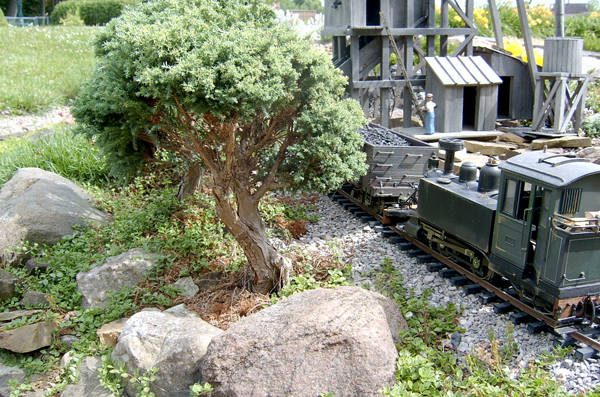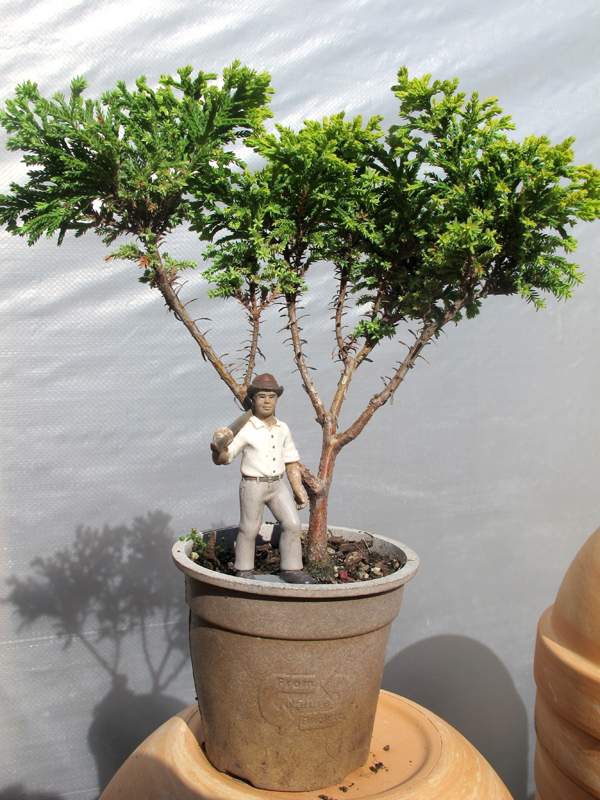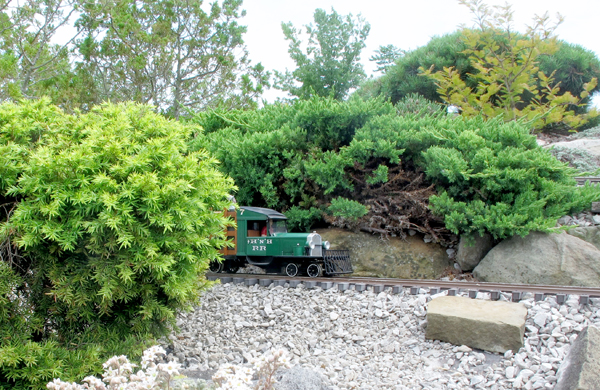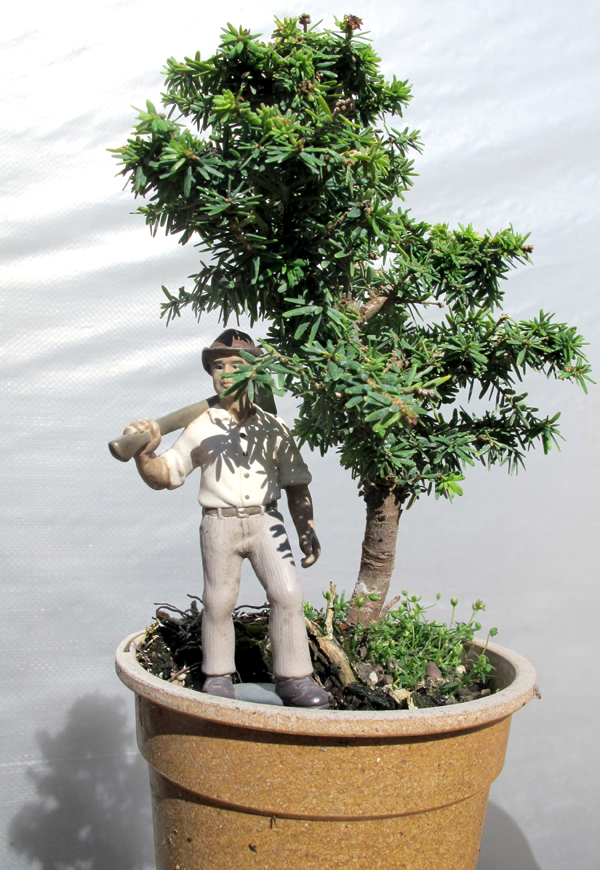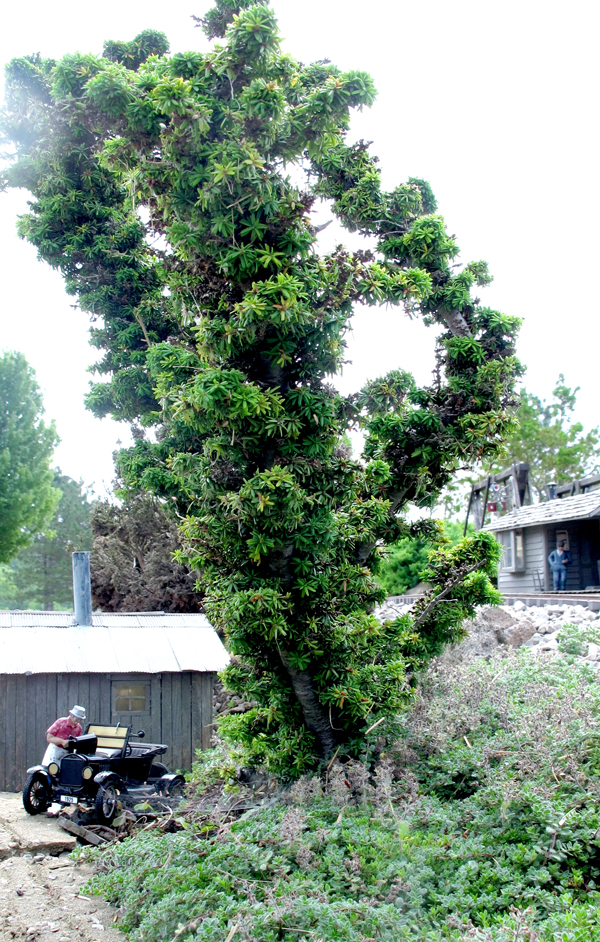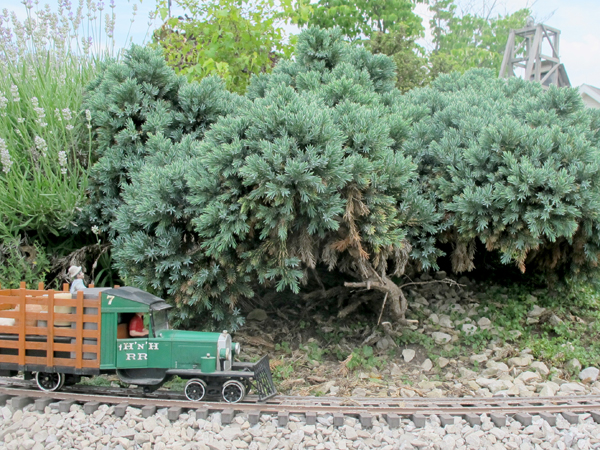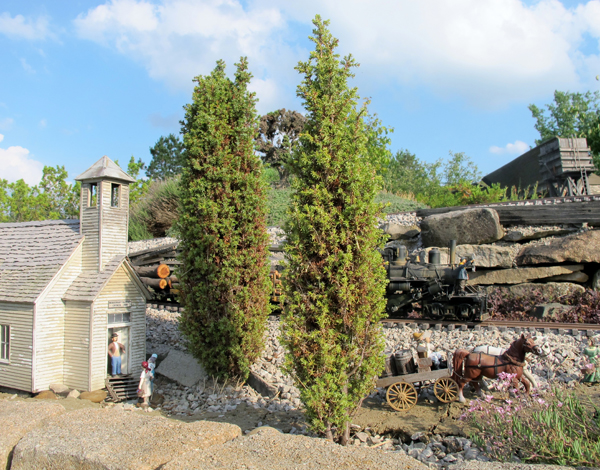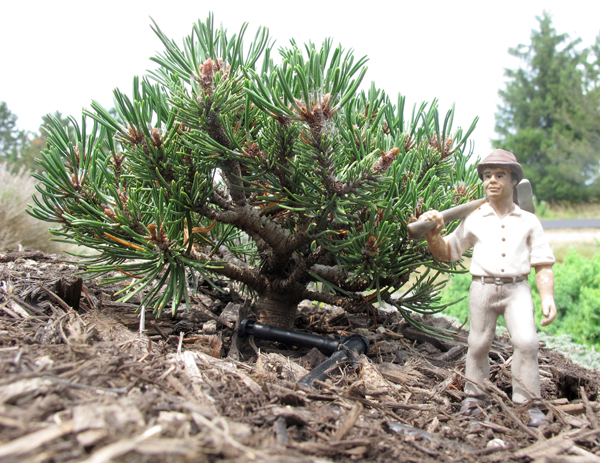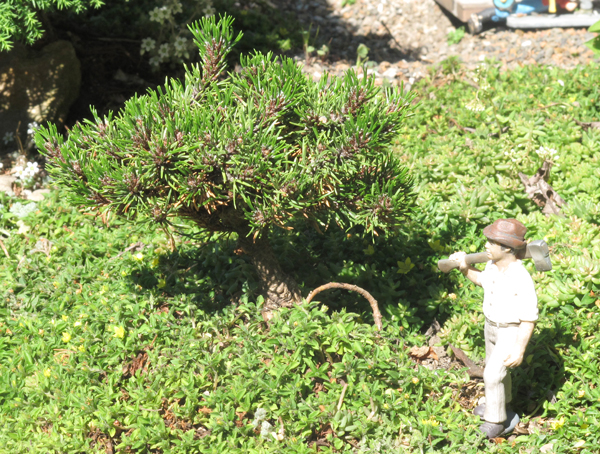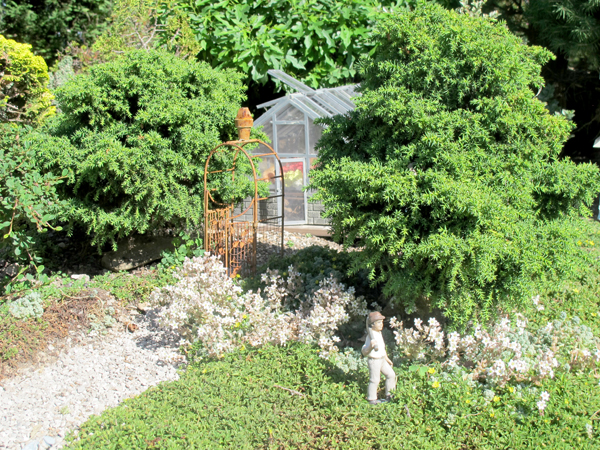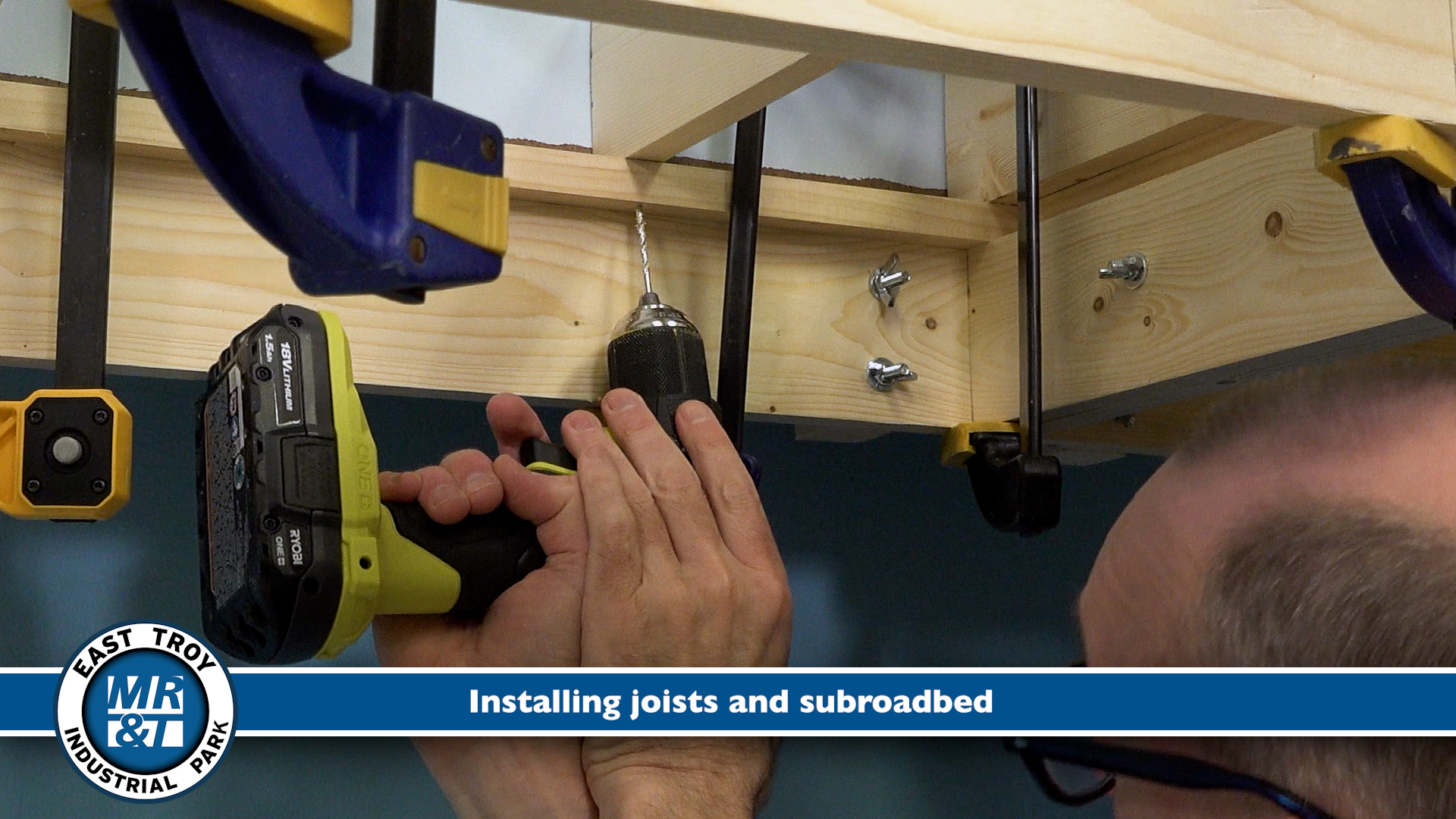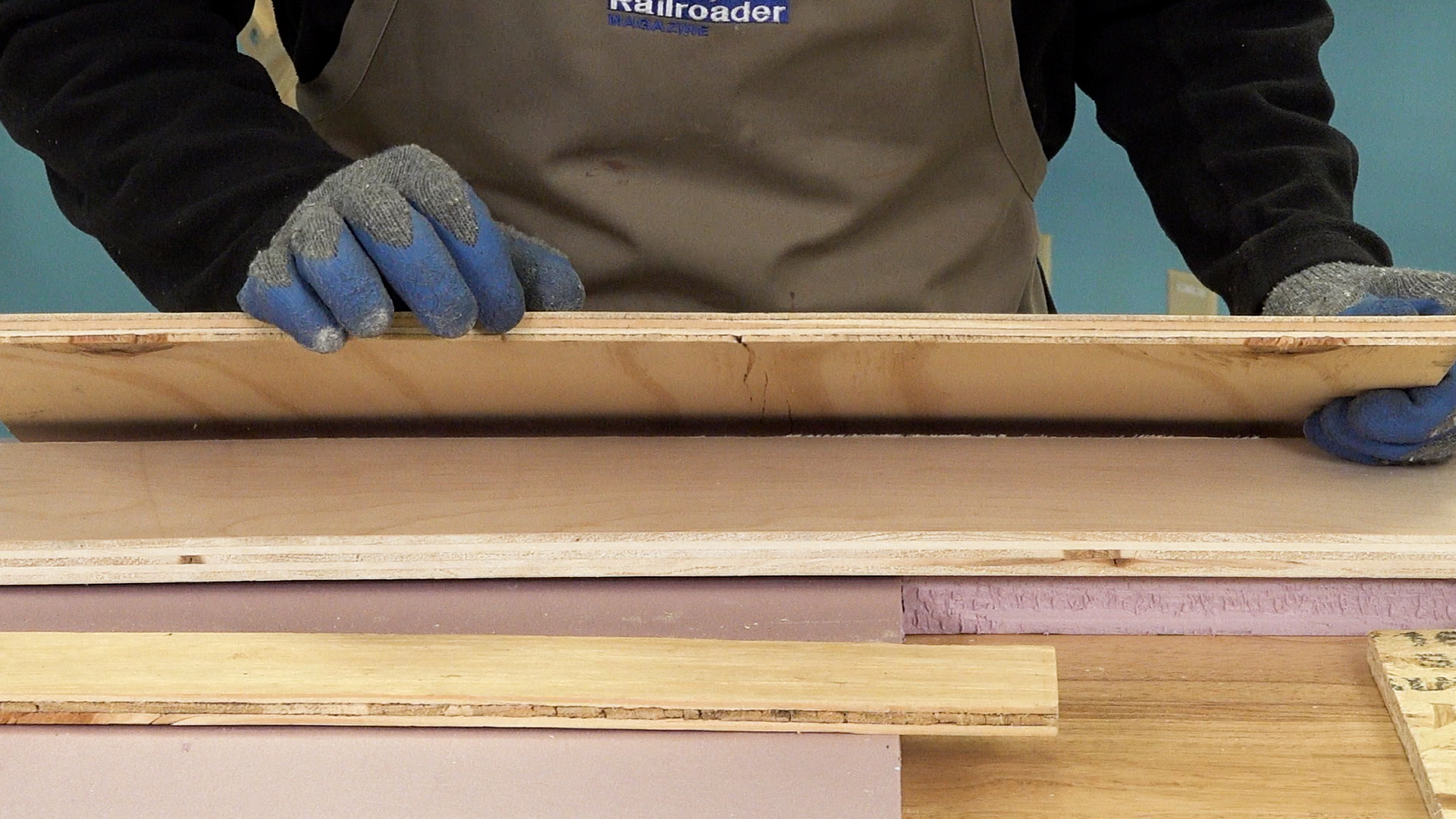Fortunately, there are many other conifers to choose from in the marketplace that will add variety and interest to your railroad. Some of these are especially small and would be ideal in locations near track or structures. In this column and the next, I’ll give you some examples of very small conifers through photos I’ve taken. I’ll also mention several others that you can research and consider for your railroad. All of the photos, except where noted, were taken on my Hoot ’n’ Holler Railroad.
• Blue Planet Alberta spruce (Picea glauca ‘Blue Planet’, Zones 3-7); 1 to 1 1/2″ per year; 10″ tall by 10 years; blue-green, globe shaped
• Pixie Dust Alberta spruce (P. glauca ‘Pixie Dust’, Zones 3-8); 1 to 1 1/2″ per year; 15″ tall by 10 years; gray-green foliage with yellow-tipped new growth; conical shape
• Minute hemlock (Tsuga canadensis ‘Minuta’, Zones 4-8); 1 to 11/2″ per year; 12-18″ tall by 10 years
• Betty Rose hemlock (T. canadensis ‘Betty Rose’, Zones 3-7); 1-3″ per year; 18″-30″ tall by 10 years; white-tipped new growth; mounded shape
A gallery of miniature conifers, December 2009
A modified bonsai technique for miniaturizing trees, December 2015
Top evergreen forest trees, December 2005





